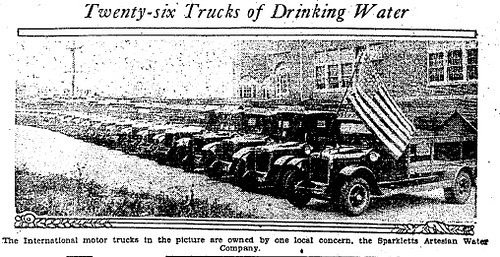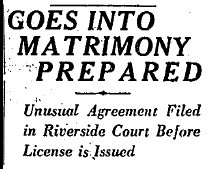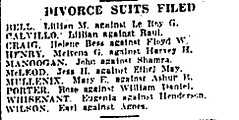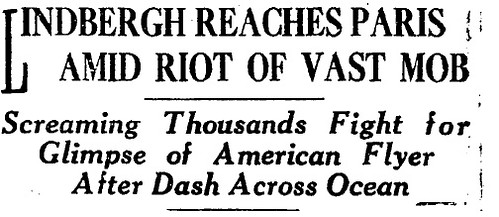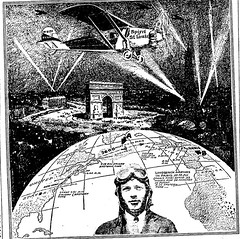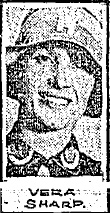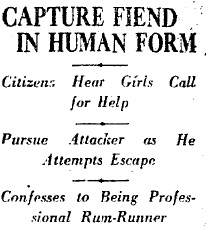
May 14, 1927
Long Beach
Miss Madeline Lindsley was on her way home from a party when shortly before midnight, the pretty 19 year old encountered a man who abruptly grabbed her by the neck, and threw her violently to the pavement. The attack occurred in front of 434 Pacific Avenue, one block from the victim”™s home and two blocks from police headquarters.
Summoned by Madeline”™s screams, four local men: H.K. Klingraef, 111 West Fifth Street; E.E. Peterson, 634 Cedar Avenue; Larry Moore, a Kress Store employee, and M.R. Hodges of 3117 Wilton Street rushed to her aid. The girl”™s cowardly assailant fled when he heard her rescuers approach.
The posse gave chase through several streets and unlit alleyways until they nabbed their man. Neighbors telephoned police and the suspect was taken into custody by two detective sergeants, Wright and Dixon.
“He acted like an insane man”, Miss Lindsley told police, following the ferocious assault.
The accused, Mr. Walter S. Pawling, lives with his wife and two children. He confessed to police that he is employed as a professional rum runner, and told them that he had just completed a trip delivering illegal hooch from Catalina Island to San Pedro.
Police discovered two ounces of chloroform and two eighteen inch lengths of rope concealed in Mr. Pawling”™s pocket. Accustomed as they are to the various tools of illicit trades, even police were bewildered by his peculiar choice of equipment. Without missing a beat, Pawling glibly explained that he uses the chloroform and rope to defend himself against hijackers while on his late night coastal runs. Police were evidently so stunned by his story that they failed to request a demonstration of the weapons.
Fleeing an angry mob or thwarting an attack by hijackers is a dangerous business, so Mr. Pawling may wish to reconsider the effectiveness of his arsenal. Packing a concealed bottle of chloroform and two flaccid lengths of rope is no way for a grown man to defend himself.
In the future he might consider hurling a snappy bon mot, wielding a rapier-like wit, or brandishing a snub-nosed .38.

